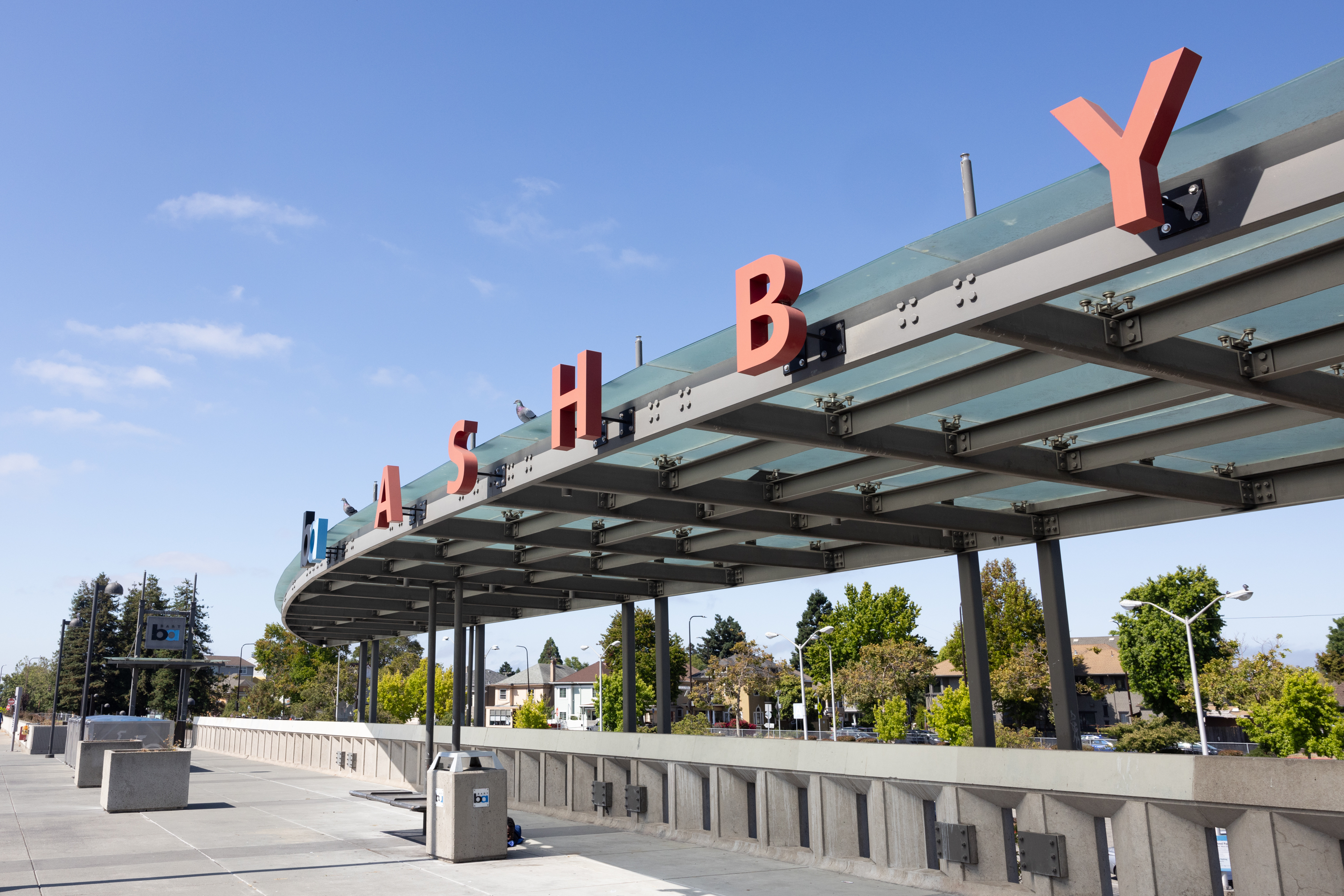The Standard’s Ida Mojadad answers a reader question submitted to Ask The Standard: What’s happening with BART using its stations to build housing?
The Bay Area’s high cost of living has spurred BART, the region’s public transit agency, to reevaluate its considerable real estate holdings and become a player in housing development over the past decade.
In 2018, two years after BART beefed up its transit-oriented development guidelines to help turn parking lots into housing, state legislation codified them through legislation. Under Assembly Bill 2923, which supersedes local control, cities in the region are required to allow dense housing projects on BART-owned land, as long as it’s within half a mile of an existing station.
But BART’s history with housing goes back a lot further than that. Starting with affordable housing in Castro Valley in 1993, BART has ushered in 3,251 units of housing adjacent to 14 stations. Of the completed units, 28% are affordable. The agency also developed 522,000 square feet of office space and 121,690 square feet of retail, according to a snapshot of the program provided last week.
Critics, including leaders in the East Bay who sought to keep local control, questioned why a transit agency should divert attention toward an issue unrelated to its core mission, all the while letting developers build market-rate housing on public land. But BART leaders maintain that playing a part in remedying the region’s housing challenges benefits transit, bringing in both more riders and state funds.
“Building homes on BART property is a critical part of BART’s financial future, because people who live near transit take more BART trips,” spokesperson Alicia Trost told The Standard in an email. “Affordable growth near transit is essential to meeting housing and climate goals, and we hope BART [transit-oriented development] projects will continue to get support and funding from all levels of government.”
Caltrain also has efforts to spur development in transit corridors, like a seven-story building proposed for Caltrain’s Lawrence Station in Sunnyvale.
So what’s next?
Three more projects are currently under construction and anticipated to be completed this year. One of those consists of 131 units of affordable housing at Balboa Park, the only BART station in San Francisco to see housing proposed through the agency’s program.
A mixed-use development in Millbrae will soon bring 400 housing units, a quarter of them affordable, in addition to office and retail space. Oakland’s Fruitvale Station is undergoing construction to expand on previous development, a project expected to net 181 new homes, 99% of which will be affordable.
All but two of the completed and planned projects are for stations in the East Bay. Projects at Lake Merritt, El Cerrito Plaza, North Berkeley, Ashby and Rockridge stations are under negotiation or in the planning stages.
The Ashby project is facing pushback from residents and community groups for plans to expand a power substation in an area previously harmed by the station’s original development, that disrupted a Black business district. Trost said on Friday that the project is not on hold and “moving forward on all fronts” as BART hashes out an agreement with Berkeley officials.
These numbers add up. By 2025, BART expects 7,000 units—35% of which are affordable—will be built on its land. The ultimate goal is to build 20,000 homes on 250 acres, spread across the region.
The transit agency is also expected to close a deal this month to sell some of two roadway easements. That land is needed to develop a life sciences campus in South San Francisco close to the San Bruno Station, and BART will make $757,000 from the sale.
“Our ability to get in the housing game means millions and millions are coming in for transit,” said Janice Li, the BART board president, whose district includes San Francisco. “We have shown we can be excellent stewards of the land we own.”
